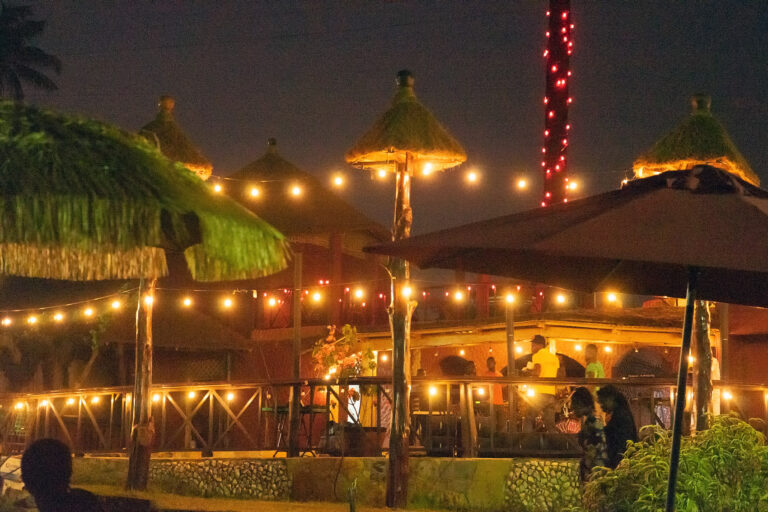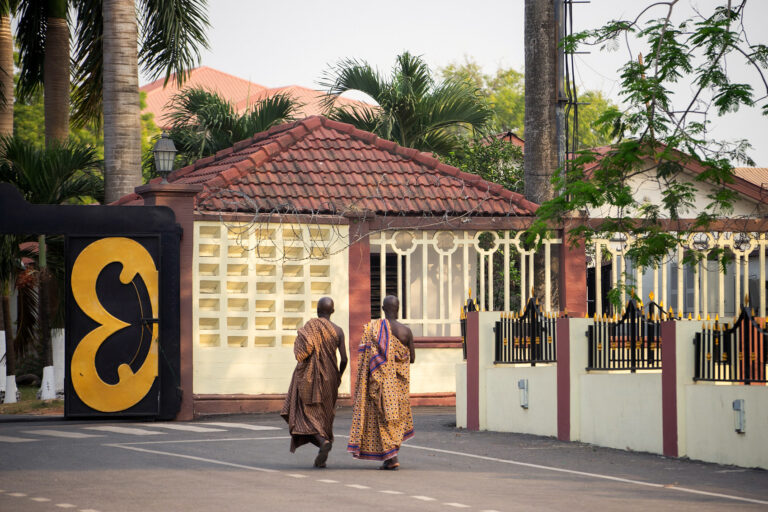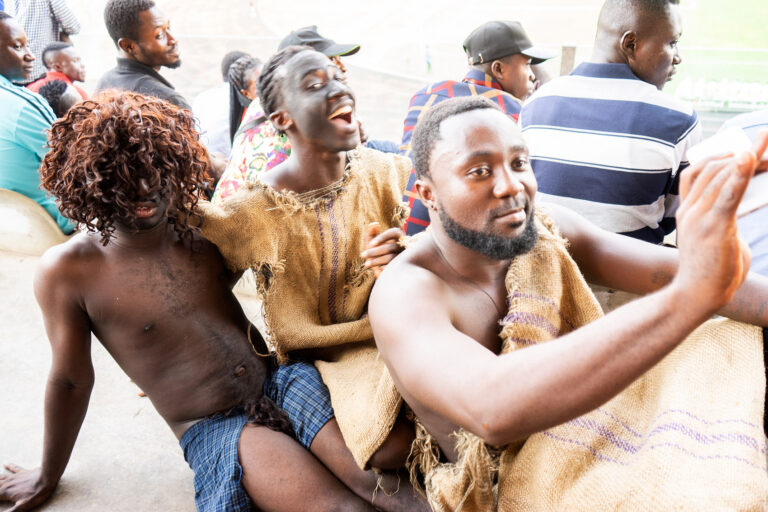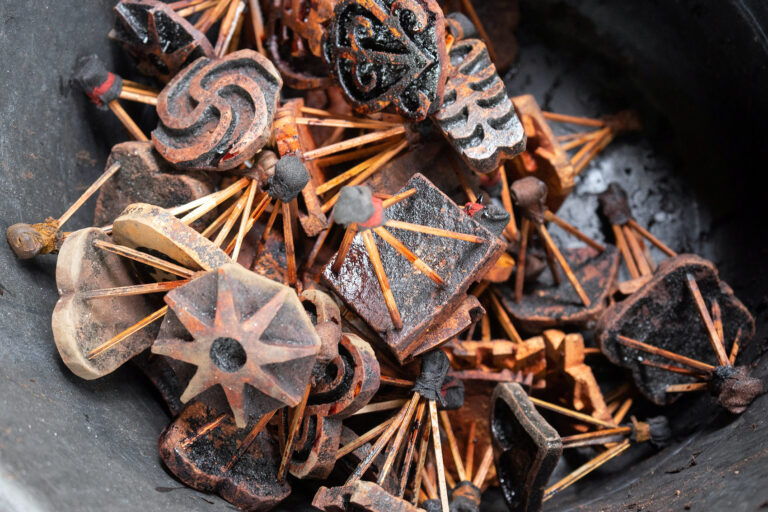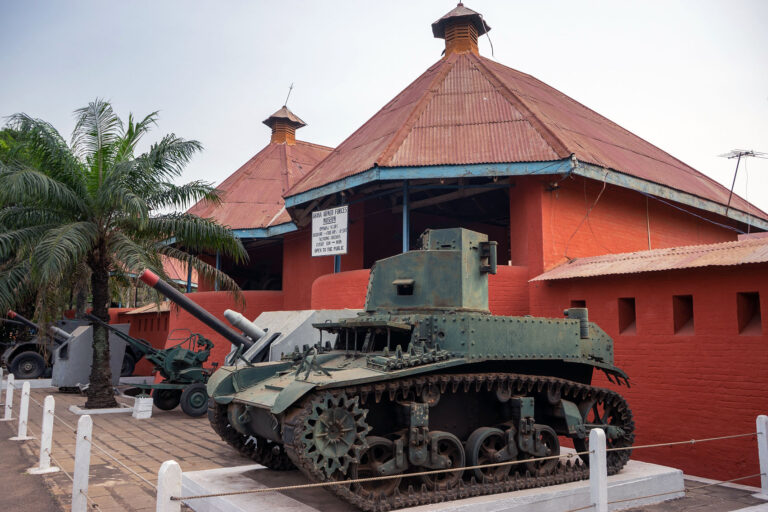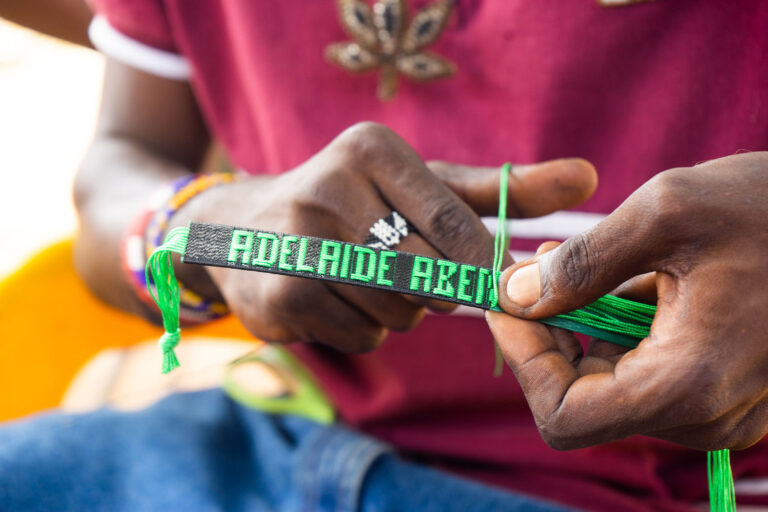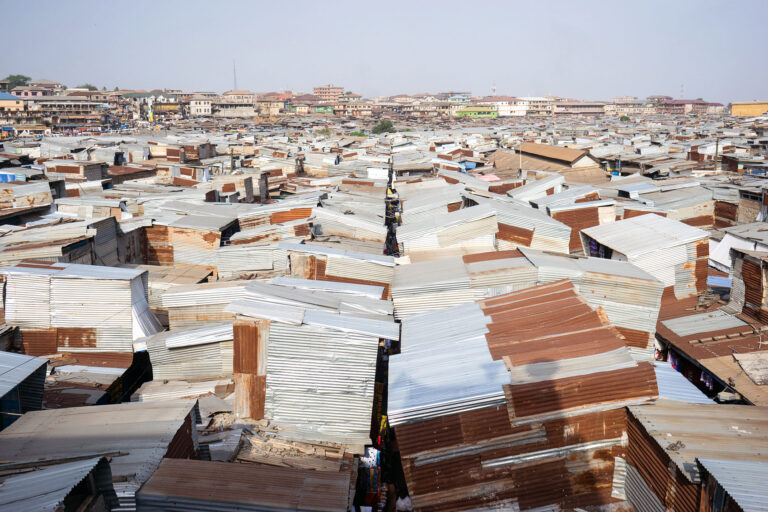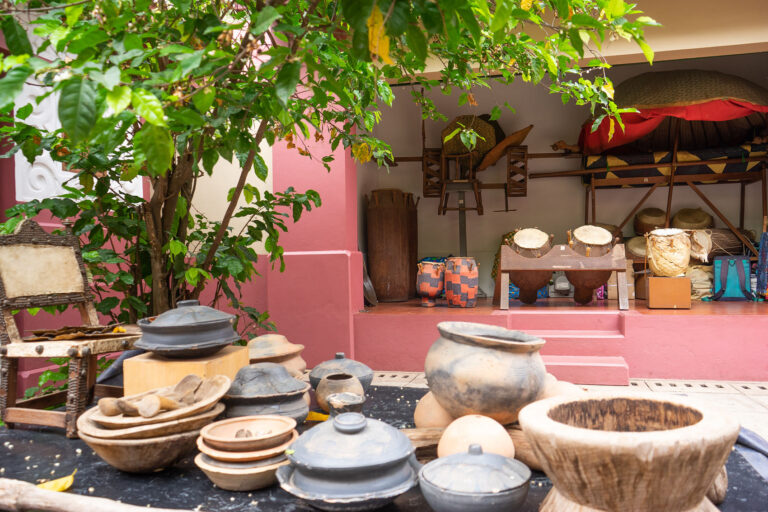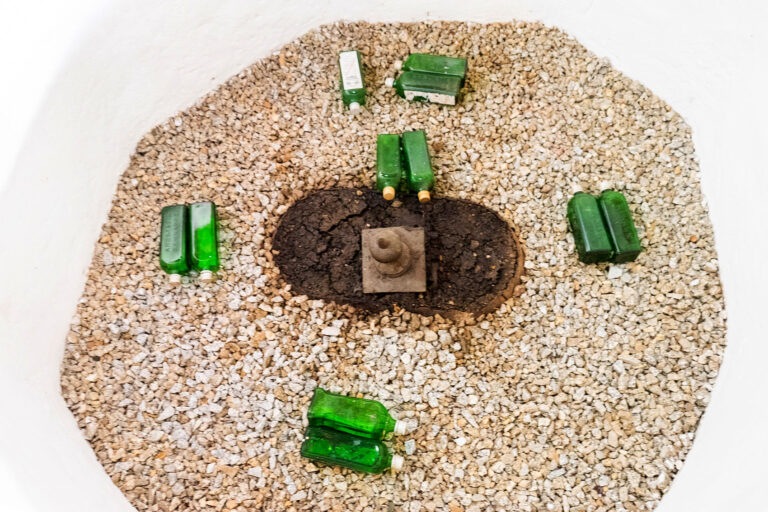Ike’s Bar and Grill … and the Bats
When we initially visited Ike's Bar and Grill, on our first day in Kumasi, we weren't expecting to immediately discover our favorite hangout spot in down. And we definitely weren't expecting the performance in the sky: every night, thousands upon thousands of bats launch from trees in the nearby zoo, and take to the air.
